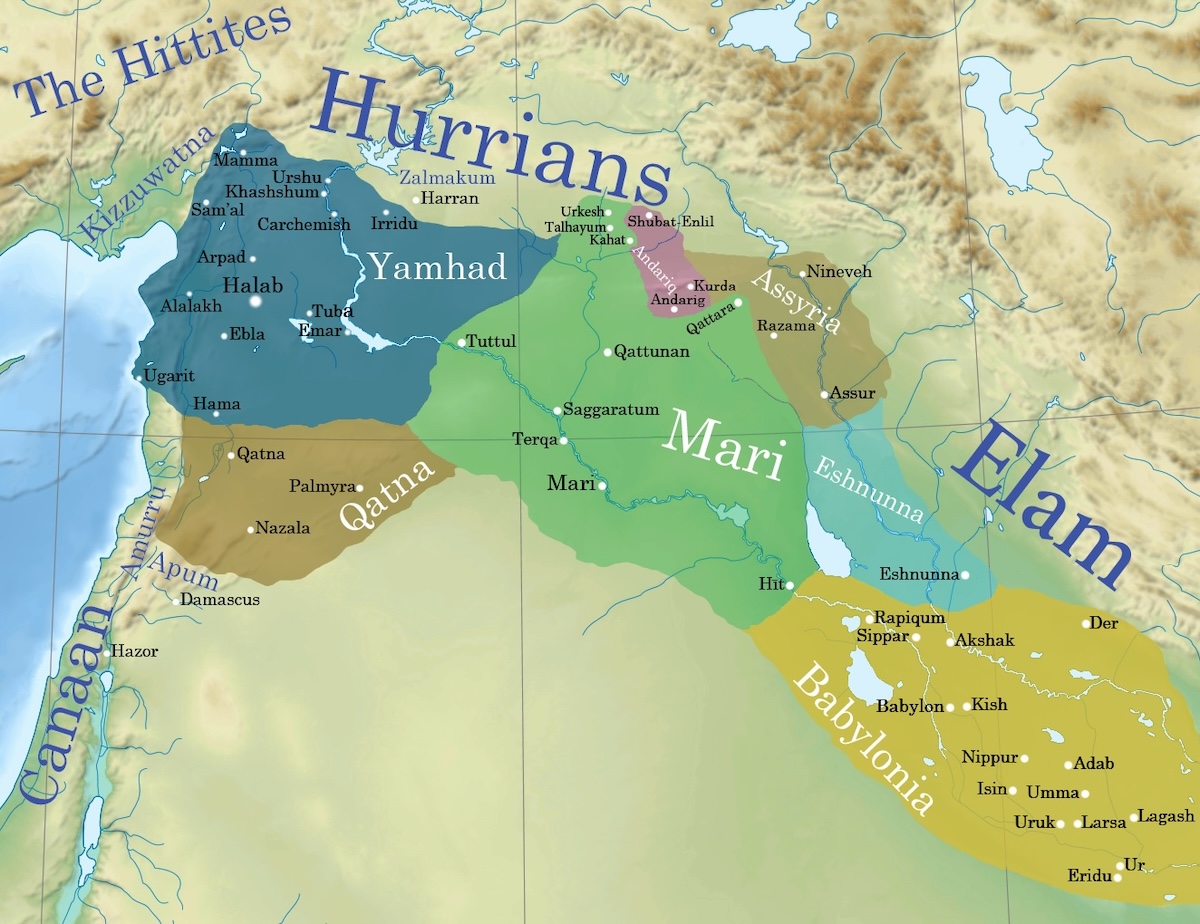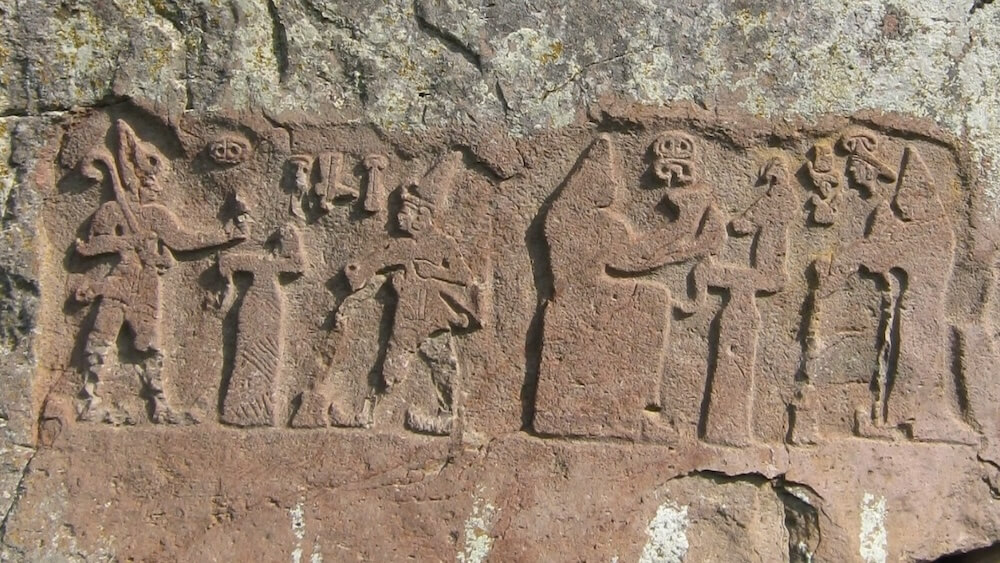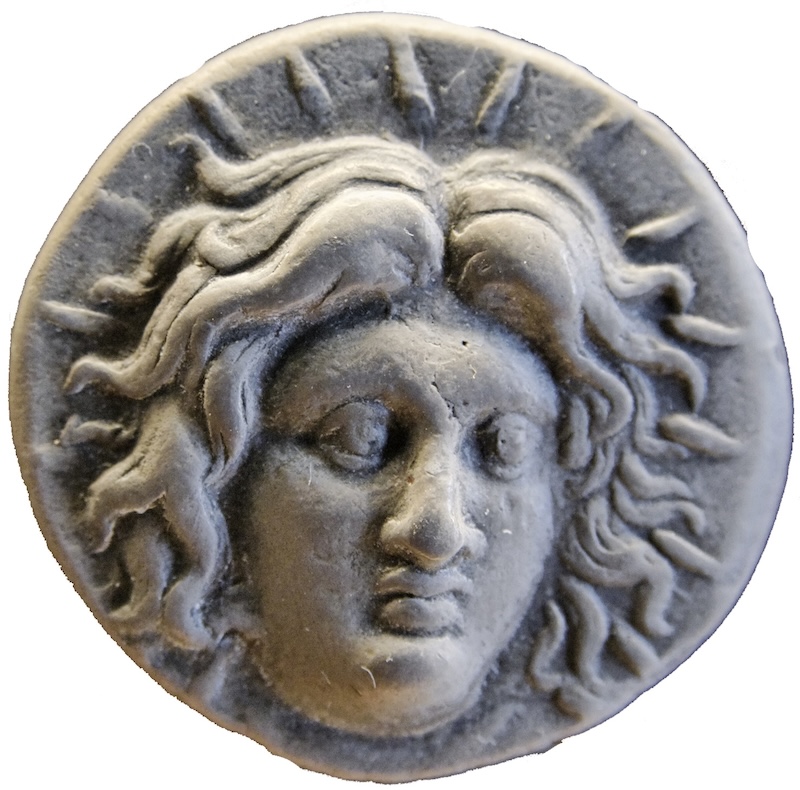![Edouard Despléchin, Moses: Act III: The porch of the temple of Isis: stage maquette [Moïse: Acte III: Le porche du temple d’Isis: maquette de décor en volume], 1863. Bibliothèque nationale de France.](https://anetoday.org/wp-content/uploads/2022/09/Schaefer_Fig6.jpg)
The Biblical Scale of Gustave Doré
September 2022 | Vol. 10.9
By Sarah C. Schaefer
The publication of Gustave Doré’s (1832-1883) Bible illustrations in 1865-1866 represents a watershed moment in the history of biblical imagery. Already an acclaimed illustrator whose hand had enlivened the works of Rabelais and Dante, Doré’s entrée into the landscape of Bible illustration resulted in immediate acclaim, cementing his place within that canon and assuring that subsequent biblical artists would have to grapple with his legacy.
Although his Bible illustrations were lauded among their early (primarily French) audiences, it was through their reproduction and circulation, first by the British publisher Cassell, Petter & Galpin and later by numerous “pirate” publishers (particularly in the United States), that these images earned their global reach. Doré’s Bible illustrations have been adapted in innumerable media – paintings, magic lantern slides, cinema, paint-by-numbers – and have graced the covers and interior pages of countless works of scholarly and popular publications (including The Ancient Near East Today).
![Gustave Doré and Hélidore Pisan, Moses Descends from Sinai [Moïse descend du Sinaï], from La Sainte Bible, vol. 1 (Tours: Alfred Mame et fils, 1866) [first edition], 284. Wood engraving. Bibliothèque nationale de France.](https://anetoday.org/wp-content/uploads/2022/09/Schaefer_Fig1.jpg)
Gustave Doré and Hélidore Pisan, Moses Descends from Sinai [Moïse descend du Sinaï], from La Sainte Bible, vol. 1 (Tours: Alfred Mame et fils, 1866) [first edition], 284. Wood engraving. Bibliothèque nationale de France.
Why are his images everywhere and why isn’t his name more well-known? The answers to these questions are closely linked. A key factor in the widespread circulation of Doré’s Bible illustrations is that these images were made to be reproduced: they are wood engravings, the print medium that pervades nineteenth-century books and illustrated periodicals. Moreover, they were particularly dynamic wood engravings, the result of a close working relationship between Doré and a cadre of experienced engravers.
From a practical standpoint, they were produced at a time when international copyright was limited, and photo-mechanical means of reproduction were advancing at a rapid pace. By the turn of the twentieth century, it had became relatively easy for publishers to make unauthorized reproductions, and the fact that Doré’s name was already widely known led to a self-perpetuating situation––publishers drew attention to the fact that they had Doré illustrations because Doré’s name was so widely renowned.
Practical considerations certainly do not account for the longevity of these images, and several additional factors should be borne in mind. First, quality; as noted before, Doré had an innovative approach to wood engraving, creating dramatic multi-figure compositions with rich atmospheric and textural complexity. These were a far cry from the rapidly produced wood engravings that appeared in the press and in cheaply produced, popular books. Although their initial publication by the firm of Alfred Mame et fils in Tours was a costly undertaking that resulted in an expensive product, subsequent reproductions (including those produced by Cassell, Petter & Galpin) aimed at a wider spectrum of affordability.
Second, comprehensiveness; Doré created over 300 illustrations to the Bible, targeting many subjects with rich iconographic traditions as well as some without precedent in the history of scriptural imagery. An impulse toward breadth and depth carries over into the landscapes in which the biblical narratives play out. Doré relied on contemporaneous research into biblical sites, particularly as it became disseminated in popular culture (notably, for instance, on the Parisian stage).
The renown of Doré’s Bible illustrations may still seem surprising, however, given the fact that modernity is often characterized through the lens of secularization and, further, that the historical reticence toward reading the Bible among Catholic audiences (like those in France) persisted in the nineteenth century. But the Bible remained a crucial source within the artistic and broader cultural institutions of his time, and, importantly, was being increasingly recognized as a monument in the western literary tradition beyond its theological or ritualistic import. It was, to Doré, a key work within a broader project of illustrating all the “masterpieces” of the literary canon. And for the most part, audiences perceived his work within that framework–as encompassing the dramatic narratives (human and divine) at the core of the Bible.
![Gustave Doré and Jacob Ettling, Joseph Revealing Himself to his Brothers [Joseph reconnu par ses frères], from La Sainte Bible, vol. 1 (Tours: Alfred Mame et fils, 1866) [first edition], 188. Wood engraving. Bibliothèque nationale de France.](https://anetoday.org/wp-content/uploads/2022/09/Schaefer_Fig4.jpg)
Gustave Doré and Jacob Ettling, Joseph Revealing Himself to his Brothers [Joseph reconnu par ses frères], from La Sainte Bible, vol. 1 (Tours: Alfred Mame et fils, 1866) [first edition], 188. Wood engraving. Bibliothèque nationale de France.
At the same time, they were seen as effectively capturing the built environments in which these narratives took place–the massive edifices of the Egyptians and Babylonians that archaeologists were uncovering for the first time. Despite these immediate perceptions, viewers familiar with the ancient Near East today will have no difficulty recognizing the creative anachronisms that pervade Doré’s Bible illustrations. His representation of Belshazzar’s feast, for instance, fuses references from Assyrian, Persian, and Indian architecture. But among the educated, lay readers who were the first audiences of these images, they offered the veneer of realism that had become a key characteristic of historical reconstructions. For detractors, or those more familiar with the realities of the sites represented, the images read as slapdash hackery, as dimensionless set pieces, or as misguided rehearsals of familiar misapprehensions.
Nonetheless, Doré visualized the breadth of the Bible with a level of variety and detail that had never been achieved by a single artist (though, as noted already but is important to reiterate, these were the product of collaborative efforts). But the question remains: why has Doré’s name fallen from the heights of acclaim it enjoyed in the late nineteenth and early twentieth centuries?
In short, and as is often the case, Doré does not sit easily within traditional scholarly discourses. He established his career as an illustrator in the period when that profession was first being codified and from the start it occupied a marginal position within the art world. Nor does his style conform to the two ends of the artistic spectrum that are most commonly used to characterize his period; he had neither the progressive aesthetic ideals of Gustave Courbet or Édouard Manet nor the technical acumen of academic artists like Jean-Léon Gérôme or William-Adolphe Bouguereau (though he would more easily fit within the relatively conservative paradigm of the latter category).
![Gustave Doré and Adolphe Ligny, Belshazzar’s Feast [Festin de Balthassar], from La Sainte Bible, vol. 2 (Tours: Alfred Mame et fils, 1866) [first edition], 100. Wood engraving. Bibliothèque nationale de France.](https://anetoday.org/wp-content/uploads/2022/09/Schaefer_Fig7.jpg)
Gustave Doré and Adolphe Ligny, Belshazzar’s Feast [Festin de Balthassar], from La Sainte Bible, vol. 2 (Tours: Alfred Mame et fils, 1866) [first edition], 100. Wood engraving. Bibliothèque nationale de France.
It is only as more heterogenous narratives of art history and cultural studies have advanced in recent years (to say nothing of the reassessments of secularization models of modernity) that a place for someone like Doré and a subject like scriptural imagery has become feasible. But it nonetheless remains the case that Doré has been hidden in plain sight all along.
Sarah C. Schaefer is Assistant Professor of Art History at the University of Wisconsin – Milwaukee.
How to cite this article
Schaefer, S. 2022. “The Biblical Scale of Gustave Doré.” The Ancient Near East Today 10.9. Accessed at: https://anetoday.org/schaefer-gustave-dore/.
Want to learn more?

A Failed Coup: The Assassination of Sennacherib and the Assyrian Civil War of 681 BC

The Amorites: Rethinking Approaches to Corporate Identity in Antiquity



![Gustave Doré and Adolphe François Pannemaker, Scene from the Deluge [Scène du Déluge], from La Sainte Bible, vol. 1 (Tours: Alfred Mame et fils, 1866) [first edition], 28. Wood engraving. Bibliothèque nationale de France.](https://anetoday.org/wp-content/uploads/2022/09/Schaefer_Fig3.jpg)
Post a comment